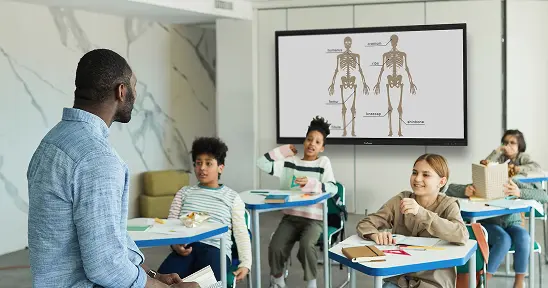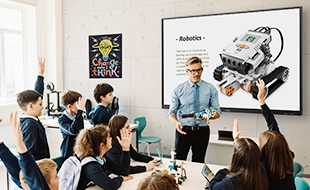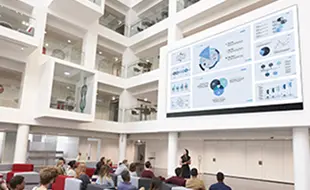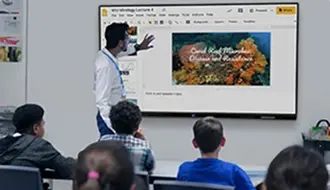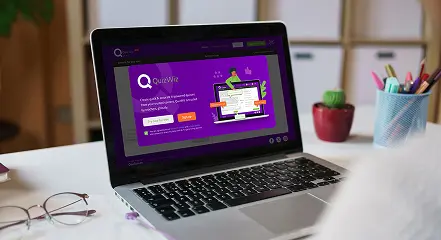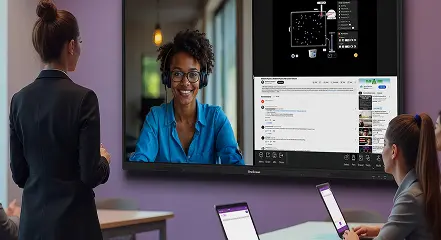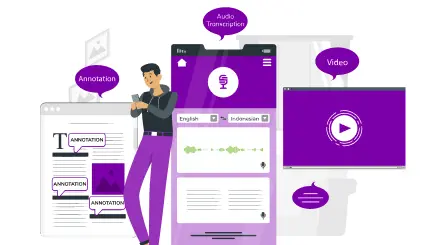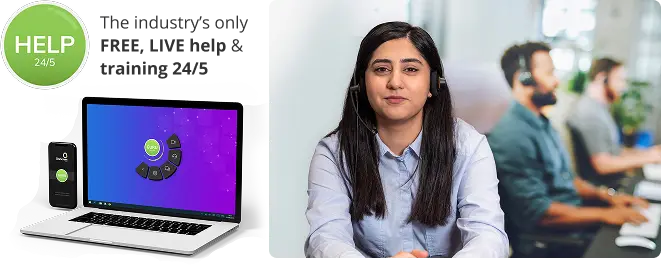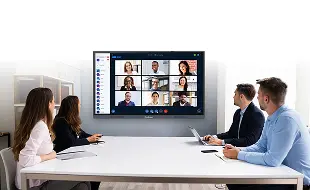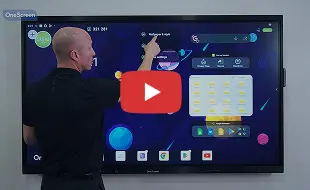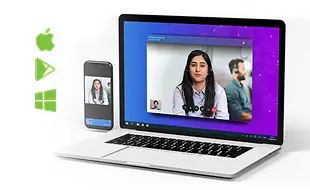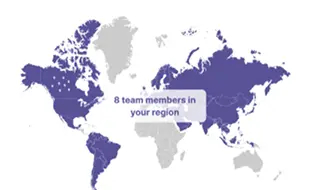 Murtaza Bhutta
Murtaza Bhutta
The Case for People-Centric Technology

Why People-Centric Solutions are the Future
Despite all the changes that 2020 has brought so far, one thing that hasn’t changed is the need people feel for a human connection in business. More and more commerce is done online or self-serve, so the few times when buyers and sellers can interact will carry more weight than ever. That’s why today’s technology has to become more “people-centric.”
In 2019, 80% of consumers said “how they were treated” was just as important as “the quality of products and services,” according to a 2019 Salesforce survey on purchase decisions. Companies discovered that offering the highest quality solution for the best value is not enough to win loyalty in today’s marketplace. People still buy from whoever they trust, just as they always have, but what’s different is what it takes to be trustworthy.
There are basically two ways that new products come to market: company-led innovation and people-centric technology. Here’s a closer look at what each one means and why it matters.
OneScreen as a Subscription: Future-proofing Collaboration

Subscriptions Ensure Collaboration
In this series of OneScreen firsts, we’ve looked at two innovations that have evolved the A/V and teleconferencing industries. OneScreen is the only manufacturer to offer free, live unlimited help and early on it introduced a people-centric approach to creating new teleconferencing products and services. Both of those innovations suggested the creation of another: OneScreen hardware and software is now available to purchase on a small monthly subscription rate that includes automatic upgrades as the technology develops.
Education After COVID-19: A Distance Learning Toolkit for Schools

How Schools Are Navigating Education Post-COVID
A school is not a place. It’s an environment that fosters learning, whether that means students and teachers gathered in a classroom or connecting over the internet. Educators around the world, from underfunded city districts to sparsely populated rural areas, were already seeing great results from distance learning before the COVID-19 pandemic made distance learning mandatory for public safety.

 EN
EN  US
US  CA
CA  CO
CO  MX
MX  AE
AE  UK
UK  ES
ES  PK
PK 